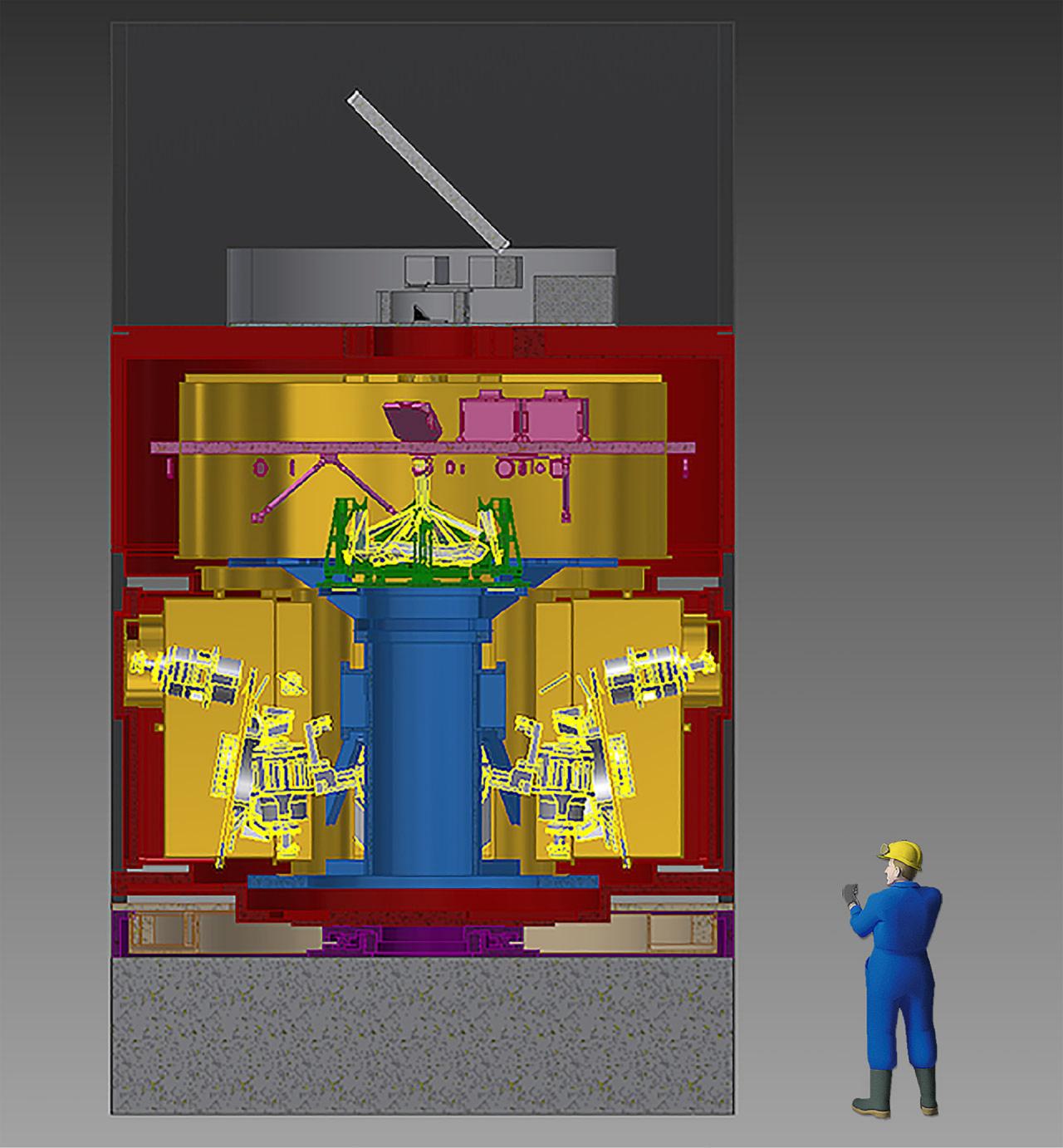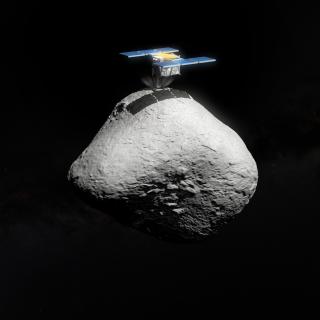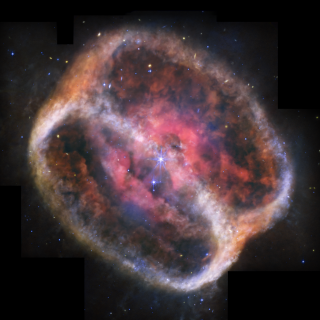HARMONI is one of the first light instruments for the Extremely Large Telescope (ELT) which is being built on the Cerro Armazones, in the Atacama Desert (Chile). This instrument, for which the IAC and several other Spanish institutions form part of the consortium, has successfully completed its preliminary design review.
At the end of 2017, during a week of intensive discussions the HARMONI consortium, the European Southern Observatory (ESO) and experts from the international scientific community examined this instrument to see whether if it could attain its ambitious scientific objectives. They evaluated the design of the optics, the mechanics, the software and the electronics of the iinstrument, as well as its operational concepts, identifying some technical problems which will need additional work. Since then the HARMONI team has completed all the tasks identified during the Review, and the instrument has formally passed this test. Having passed this essential point, the instrument can now advance towards the detailed design phase, with the aim of being ready for front-line obervations when the ELT sees its first light.
As well as passing this important milestone, HARMONI is in the course of designing and preparing a new and powerful sustem of adaptive optics. The ESO council has recently given the go ahead to continue developing the Laser Tomographic Adaptive Optics (LTAO) for Harmoni. The LTAO was originally put off until a later phase of the telescope project,. But given its importance for HARMONI and the scientific objectives of the ELT, and with the availability of additional funds for ESO and the HARMONI consortium, the authorization has been approved to continue with this module. The LTAO system will use the laser guide stars of the ELT to allow HARMONI to acquire ultra-sharp images of objects at any point in the sky.
HARMONI, a high resolution integral field spectrograph, will be the ELT’s instrument for visible light and near infrared spectroscopy. It is an integral field spectrograph which will obtain spectra on 30,000 adjacent points on the sky to map an astronomical object over a wide wavelength range. It will be one of the first of a new class of astronomical instruments, with a height of 8 metres, a length of 10 metres, a width fo 6 metres, and a weight of 40 tons.
The design of HARMONI will mae it easy to calibrate and function, giving the ELT spectroscopic capability to “point and shoot” ideal to expoit the full scientific potential of the instrument in the first years of its life. HARMONI is one of a set of first light instruments on this future large telescope which will also carry out imaging with MICADO/MAORY, and mid-infrared observation with METIS.
The HARMONI consortium is made up of six main partners and several associated institutes. The main partners art he University of Oxford (UK) the Technology Centre for Astronomy of the Scientific Installations and Technologies Council (UK), the Astrophysics Research Centre of Lyon (France), the Astrophysics Laboratory of Marseille (France), the Instituto de Astrofísica de Canarias (Spain) the Centre for Astrobiology (CSÏC-INTA), (Spain), and ESO. The University of Durham(UK) currently an associate, is about to become a full member. Other associated instituions are the National Office of Aerospace Studies and Research (France), the Institute of Research n Astrophysics and Planetology (France) and the Institute of Planetology and Astrophysics of Grenoble (IPAG), (France).



